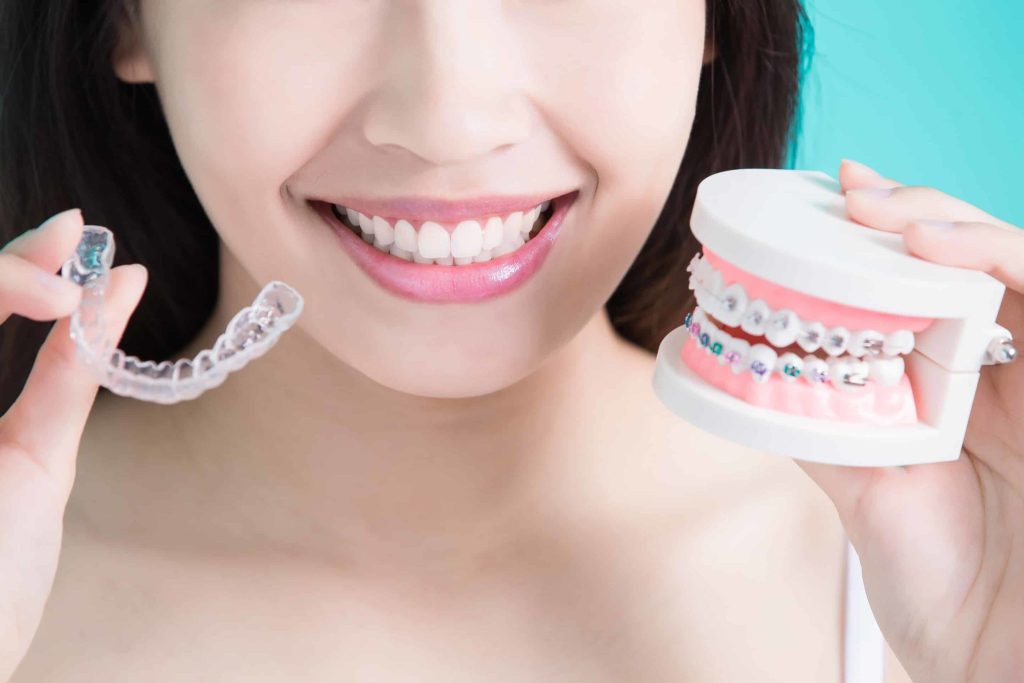Invisalign has transformed modern orthodontics by offering a virtually invisible method of teeth straightening. Unlike traditional metal braces, Invisalign uses clear plastic aligners that are custom-fitted to gradually move teeth into their desired position. The treatment process is precise, efficient, and tailored to each individual. But what exactly should patients expect from start to finish?
1. Comprehensive Initial Consultation
Your Invisalign journey begins with a detailed consultation. This visit includes an examination of your teeth and bite using 3D scans, X-rays, and photographs. The orthodontist will assess whether Invisalign is suitable for your case. While most mild to moderate alignment problems can be corrected, more severe issues might still require conventional braces or other interventions.
2. Personalized Treatment Planning
After determining your eligibility, a custom treatment plan is developed. Using specialized software, your orthodontist will map out each stage of tooth movement. You’ll also receive an estimate of the treatment duration, which typically ranges from 6 to 18 months depending on the complexity of your case.
The treatment plan includes:
- The number of aligners needed
- The timeline for switching aligners
- Expected movement and positioning of each tooth
3. Getting Your First Aligners
When your first aligners are ready, you’ll receive multiple sets to wear sequentially. Each aligner is worn for about 1–2 weeks, and should be kept in for 20–22 hours per day. They are only removed when eating, drinking (anything besides water), brushing, and flossing.
The first few days with each new aligner set may involve slight discomfort or pressure, which is completely normal and usually fades quickly.
4. Adjustments and Mid-Treatment Changes
Throughout the course of treatment, regular check-ins with your orthodontist are necessary. These appointments, usually every 6–8 weeks, are used to:
- Monitor progress
- Make adjustments if needed
- Provide the next set of aligners
It’s during this phase that many patients also receive attachments—small, tooth-colored buttons temporarily bonded to certain teeth to help guide movement.
In some cases, depending on how teeth are responding to the plan, mid-course corrections might be needed. This may involve taking new scans and receiving additional aligners to fine-tune results. For example, clinics like Clinique Savaris Invisalign often apply these mid-treatment refinements to ensure precision and optimal alignment based on patient response.
5. Cleaning and Maintenance
Keeping your aligners clean is critical. Aligners should be:
- Rinsed every time they are removed
- Gently brushed with a soft toothbrush and clear soap
- Soaked in cleaning crystals or denture tablets if needed
You should also brush and floss your teeth after meals before reinserting aligners to avoid bacteria buildup or staining.
6. Lifestyle Adjustments
Most patients adapt quickly to life with aligners, but it does require discipline. Because aligners must be removed before eating or drinking anything other than water, people often find themselves snacking less or adjusting their meal routines.
Speech may also be affected during the first few days of wear, but this usually resolves as the mouth adjusts.
7. Retainers After Treatment
After completing all aligners, you’ll receive retainers to help maintain your new smile. Retainers are typically worn full-time at first, then gradually shifted to nighttime use.
Without retainers, teeth can shift back—undoing months of progress. Your orthodontist will provide a schedule that fits your needs.
Conclusion
Invisalign treatment is a modern, flexible, and discreet method for straightening teeth. By understanding what each phase entails—from consultation to retention—patients can prepare for a smooth and successful outcome. With commitment and proper care, Invisalign can deliver long-term dental improvements without the inconvenience of metal brackets or wires.

